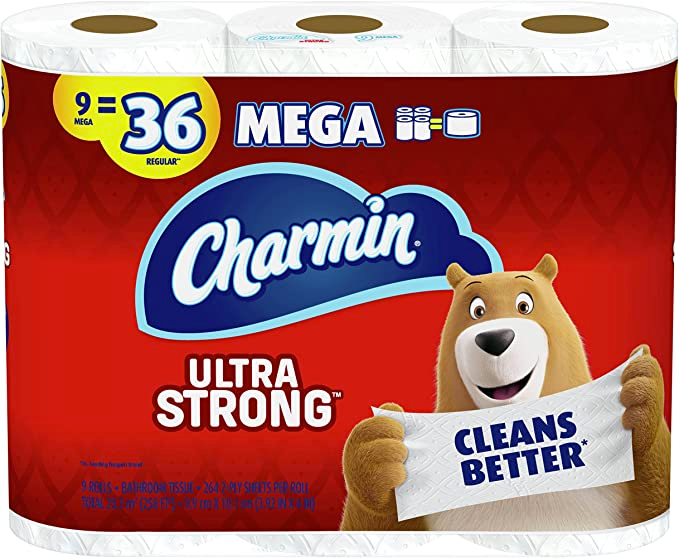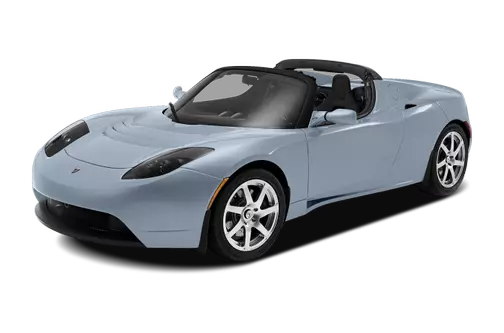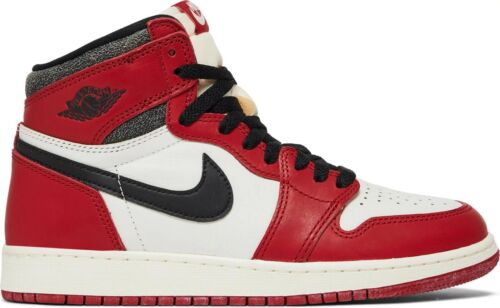How To Write a Product Positioning Statement (With Good and Bad Examples)

Building a product without thinking about how you’ll position it is the equivalent of flying a plane without a navigation system.
Understanding what the current market looks like, what direct, indirect, and tertiary competitors exist, and how you will position yourself within this context is crucial if you want your efforts to pay off and add true value to customers, in addition to generating revenue for your business.
But what exactly is it, how do you approach this as you are conceiving of your product, and how do you approach this if you are looking to re-position and adjust how you fit in the market and in the minds of users in your target market?
A Product Positioning Statement is a concise summary of how you intend for your product to fit into (and stand out) the market. It describes in a single statement what user need is being fulfilled and what your product’s unique value proposition is to fill that need. This differs from the way competitors and existing solutions are approaching fulfilling this need.
Marketing and sales teams within organizations rely heavily on product positioning to ensure that communication with the target market remains consistent - yet product teams should care just as much as this also influences the benefits you prioritize as you are building your product strategy and roadmap.
Your product positioning statement should serve as a guidepost for everything you are building and communicating about your product (both internally and externally) to keep everything aligned - this covers product development, engineering, marketing, sales, support, supply chain, retail, external partners, and more.

Steps to draft your product positioning statement
Deeply understand the root problem your product is solving and for whom
Create a user persona around your target customer (the “who”)
Deeply understand the competitive landscape. This means understanding things like:
Market Trends
Existing Direct Competitors (i.e. Nike and Adidas would be an example of direct competitors in the running shoe market)
Existing Indirect Competitors (i.e. Two food trucks in the same location selling different desserts)
Existing Tertiary Competitors (same audience, same problem to be solved, different product entirely, i.e. Ordering food via Doordash vs. going to the grocery store to find ingredients to make dinner)
Competitor Product Key Value Propositions (What is the key value their users go to them, specifically, in order to derive?)
Competitor Customers (Who are the user personas of your competitors?)
Competitor Technology (What is the tech stack that enables them to deliver value to customers?)
Competitor Pricing (What is their pricing strategy? I.e. Subscription model, freemium, tiered, etc.)
Competitor Access to Product and Product Discovery (How do customers find out about and access the product?)
Competitor Marketing and Customer Acquisition (What language do competitors use to acquire new customers?)
Existing Opportunities (What gaps are there in the current market that we could capitalize on?)
(Note: Some great tools to help with this visually are SWOT analyses, perceptual maps, Porter’s 5 Forces, and Strategic Group Analysis).
4. Define Your Unique Value Proposition. A really simple framework for this is:
We help (target market) do (a problem the target market finds value in solving) by (the unique thing we do differently or better than others).
5. Write your Product Positioning Statement. It should:
Be simple (one sentence)
Be clear (use words that an 8-year-old can understand)
Identify the specific customer you are targeting
Speak to the root problem you are solving
Show how you are different than competitors
Allude to the transformation a person will have or the type of person they will be if they use your product
Examples of good product positioning statements
It’s not easy to tick all of these boxes in a single, elegant sentence, but here are some real-world examples to show you how popular products have been positioned (Note: I have summarized their positioning statements here for the purposes of articulating how to write one - these have not come directly from the teams inside each organization. I asked ChatGPT for help in summarizing each product’s statement based on their marketing material):
Charmin Ultra Strong Toilet Paper

Image Source: Amazon.ca
The product positioning statement for Charmin Ultra Strong Toilet Paper could be something like this:
“Charmin is the soft and strong toilet paper that provides a comfortable and worry-free bathroom experience for families and households.”
Why is this a good example?
Charmin’s unique value proposition in this case is that it’s both soft and strong. If you’re the type of person that prioritizes price and opts for no-name brand toilet paper and also isn’t overly concerned about toilet paper not being robust enough for your needs, Charmin is not the TP for you. But if you do care about your toilet paper being comfortable and effective, Charmin is probably the first brand you think of. Note: Other brands of toilet paper choose other unique value propositions, like how eco-friendly they are, how inexpensive they are, how much moisture they absorb, and more.
Tesla 2008 Roadster

Image Source: Cars.com
The product positioning statement for the 2008 Tesla roadster could be something like this:
“The Tesla Roadster is the ultimate electric sports car for eco-conscious drivers who seek high performance and technological innovation.”
Why is this a good example?
When Tesla launched, several other car manufacturers had already come up with electric or hybrid versions that were more environmentally friendly - but they also came with a major perceived “dork factor” (i.e. The initial Toyota Prius launched in 1997) and couldn’t cover a ton of distance on a charge. Tesla solved both of those problems - rather than having to choose between doing the right thing for the environment and feeling cool while being at the forefront of technological innovation, and having to worry about finding your next place to charge, Tesla positioned their first car as a premium electric sports car and was the first production all-electric car to travel more than 200 miles per charge.
Nike Air Jordan 1

Image Source: eBay
The product positioning statement for the 1984 Air Jordan 1 basketball sneaker could be something like this:
"The Air Jordan 1 is the premier basketball shoe for athletes who demand both performance and style."
Why is this a good example?
In 1984 Michael Jordan signed a $250K contract with Nike to develop his own line of sneakers. At the time, Converse was the official shoe of the NBA. When the Jordan 1’s initially launched that year and he wore them on the court during his rookie season, they were unlike other basketball shoes in that they had a high-top design for ankle support, a padded tongue for comfort, and a sleek design. Nike had also come out with new Air Sole technology. Michael Jordan was the third overall NBA draft pick and was emerging as a phenomenal player in the league as a rookie, and he did it with swag. These are all traits that customers could align with.
Examples of bad product positioning statements
Socks:
“Our socks will keep anyone’s feet warm during the winter.”
Why?
While it speaks to the root problem (needing to keep your feet warm when the weather is colder), the specific customer that is being targeted is not clear and there are no differentiating factors that separate it from competitors.
Car
”Our car is a multi-faceted, technologically advanced, ergonomically designed, cost-efficient, and ecologically conscious solution that provides superior performance, reliability, and versatility for individuals who seek to optimize their lifestyle.”
Why?
It is not simple and it’s vague. While it lists several differentiators, there are too many and it sounds confusing. The target market is also not very clear.
To sum up
Whether you’re building a new product from scratch or looking to re-position one you’ve already launched, with this guide in hand you can start to draft your own unique product positioning statement that is simple, speaks to a specific audience, and stands out in the crowd.
Don’t work on this in a silo - get your team involved, get your alpha and beta testers involved, and test, iterate, and refine to carve out your unique niche in the market, align your teams internally, and keep the focus on the right product benefits to build.
Lisa Zane

Read also



Experience the new way of doing product management

Experience the new way of doing product management




